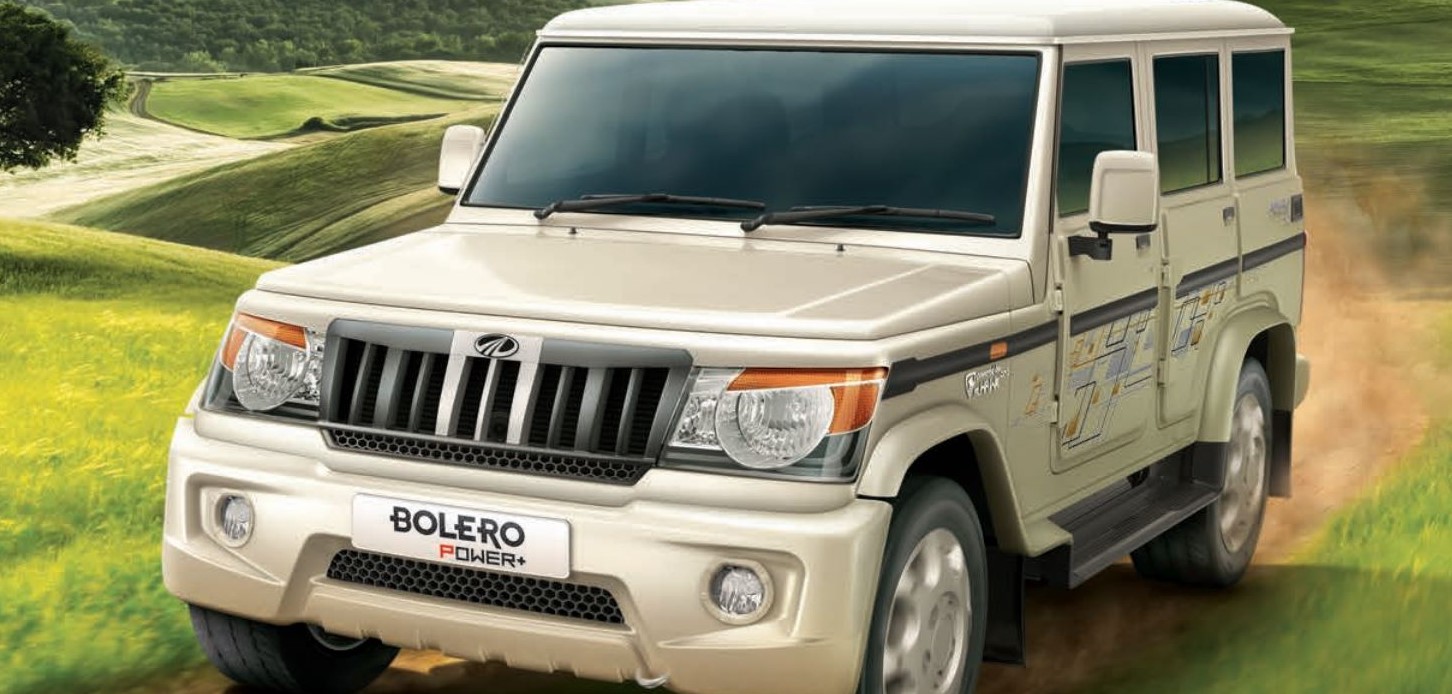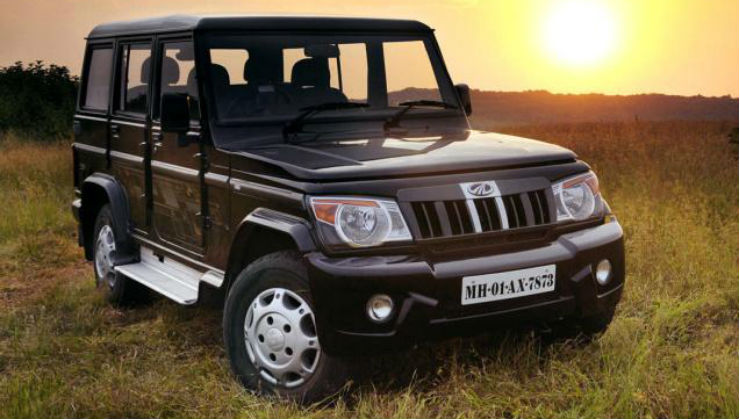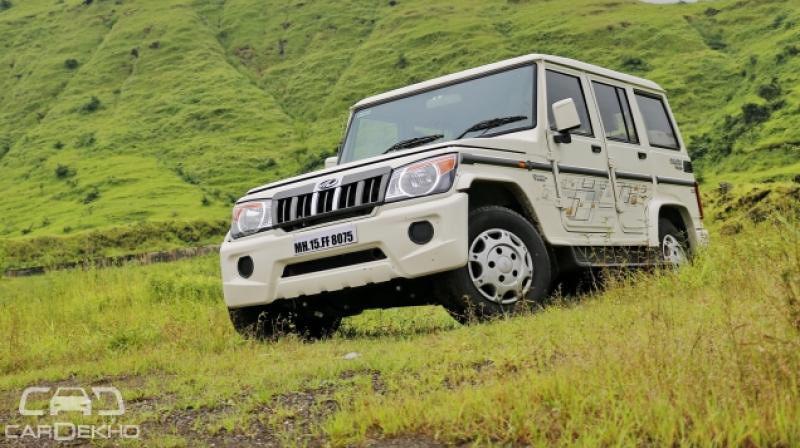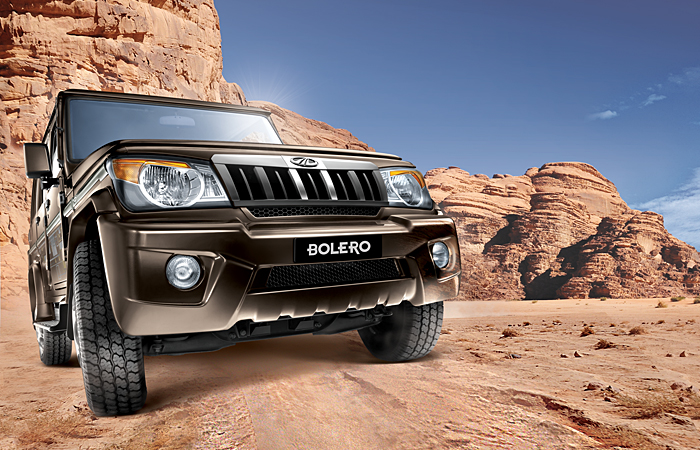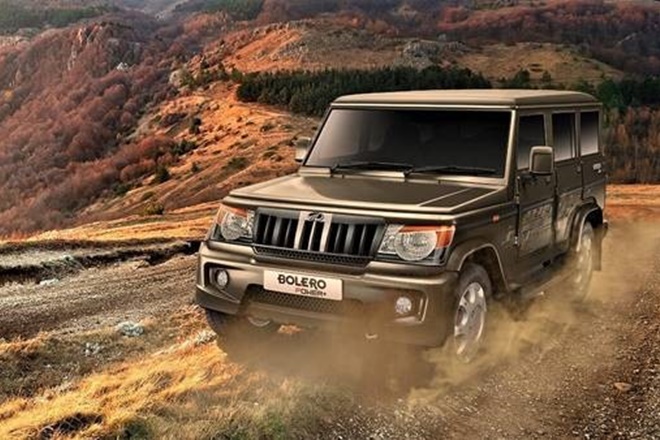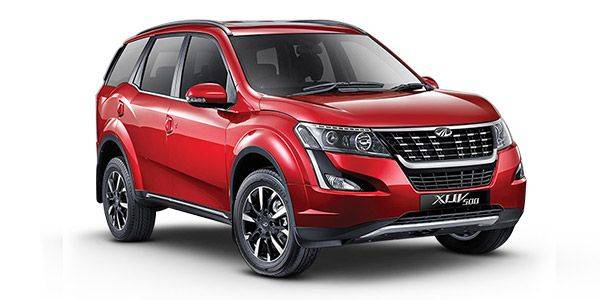THE MAHINDRA Pik-Up has been around for a decade and in that time this Indian-built ute has developed a solid reputation in regional Australia. The MY2018 Pik-Up ups the game in terms of quality, refinement, equipment levels and value for money.
What Is The 2018 Mahindra Pik-Up S10 Dual Cab?
The Mahindra Pik-Up S10 is the Indian manufacturer’s top-spec dual-cab 4×4 ute. It’s very well appointed considering the nice asking price. Our test vehicle came equipped with an Australian-made genuine accessory colour-coded steel tray.
Standard equipment on the S10 includes remote central locking, satnav, reversing camera, multi-function steering wheel, climate control air conditioning and 16-inch alloy wheels.
The Pik-Up is powered by a 2.2-litre four-cylinder turbo-diesel engine that makes a claimed 103kW of power at 4000rpm and 330Nm of torque from 1600-2800rpm. It’s mated to a six-speed manual gearbox which in turn delivers power to the wheels via a part-time 4×4 two-speed transfer case. An Eaton auto-locking mechanical rear differential completes the driveline package.
The body of the Pik-Up sits atop a separate chassis and there’s independent suspension at the pointy end with torsion bar springs, and a live-axle at the rear with leaf springs.
Mahindra offers a number of genuine accessories to suit the Pik-Up including the aforementioned steel tray, an alloy tray, a fiberglass snorkel, 2.5-tonne tow bar, winch-compatible steel bull bar, stainless steel nudge bar with bash plate and upgraded suspension with raised ride height.
Those who have seen a Pik-Up before will immediately recognise the silhouette of this new model, but Mahindra has given the vehicle’s styling a big freshen-up with a new grille, bonnet, headlights and fog lights, as well as the addition of LED DRLs on the S10 model. The new look is more aggressive than before, and it certainly brings overall styling up to date.
What’s The Interior Like?
Compared to some of the Japanese (and German) 4×4 dual-cab utes on the market, the Pik-Up’s cabin is quite narrow, but the upright windscreen, deep window line and tall roof height provide an airiness and feeling of generous space.

The driver’s seat offers loads of fore and aft adjustment, and height adjustment, so the Pik-Up will suit shorties and tallies alike. The steering wheel is rake (but not reach) adjustable and features controls for audio/phone and cruise control. There’s a six-inch colour touchscreen on S10 models, and an LCD display in the instrument binnacle that shows the gear selected, odometer, trip meter, engine temp and fuel level. The front seats have fold-down armrests but there’s not a lot of storage options to secure small loose items in the cabin; the centre-console bin doesn’t have a lid, glove box space is limited and the door pockets are small. Having said that, there are a couple of cupholders in the centre console and a small slot for your phone next to a 12V power outlet.

The back seat offers enough width for three adults and there’s plenty of leg room and loads of headroom, along with three headrests and three-point safety belts in all positions. The back seat is also equipped with ISOFIX points in the outboard positions and three top-tether points. Despite the top tethers, I struggled to fit a booster seat in the back because the headrests got in the way, and they couldn’t be easily removed because the seat’s backrest is bolted down. This would be an easy enough fix if you wanted to leave a booster seat in there full-time, but it’s a bit of an inconvenience for part-time use. Rear-seat passengers have their own AC outlets, cup holders in the door trims and a centre armrest when there are two or fewer occupants.

Outward visibility is superb thanks to the aforementioned big windows and the short, stubby bonnet, and the external mirrors provide a good view around the steel tray as fitted to the test vehicle. The S10 comes standard with a reversing camera, but it’s still a little hard to judge distances when backing up due to the overhang of the tray.
The tray itself is a beauty. With easy-to-use catches on the drop-sides, a durable chequer-plate floor and plenty of lashing points on the headboard. Those who opt for the well-side tub also score a sports bar.
What’s It Like On The Road?
The Pik-Up’s modest claimed peak outputs of 103kW and 330Nm result in surprisingly good on-road performance. The engine itself is remarkably smooth and quiet and is happiest low in the rev range where it can make the most of the flat torque curve, which peaks all the way from 1600rpm through to 2800rpm.
The six-speed manual gearbox doesn’t like to be rushed, but it will swap cogs with buttery smoothness so long as you’re slow and deliberate with the gear lever. Try to shift too quickly and it can get a little notchy.
With six forward gears there’s a good spread of ratios. Fifth gear is tall enough for relaxed highway touring, and the engine is so quiet that it’s easy to forget there’s another gear to play with on the open road. Select sixth and the tacho needle will hover around the 2100rpm mark at 100km/h, which is right in the middle of the torque peak, so unless you’re in a hurry, or you’re confronted with a very steep incline, there’s never really a need to downshift when cruising on the highway.
Ride quality is very good for a dual-cab 4×4 ute, even when unladen. The rear springs have three main leaves and three load-helper leaves, which offers compliance when there’s no load in the back and control when there’s a heavy load. Claimed payload is a whopping 1210kg for the cab chassis variant, which would still be around a tonne even with the steel tray fitted.
The power-assisted steering is well weighted and provides reasonable feel and feedback. Body roll is well controlled when cornering and the Pik-Up offers predictable handling on smooth and rough roads. Manoeuvring in tight spaces can be a challenge due to the 13.4m turning circle.
As with most dual-cab utes, the Pik-Up has front disc brakes and drums at the rear. Brake feel and performance left nothing to complain about on test and the ABS didn’t feel overly intrusive on slippery surfaces.
There’s a bit of wind noise around the A-pillar and mirrors at highway speeds but it’s not excessive. Road noise isolation is good and the 245/75R16 General Grabber HTS rubber is not overly aggressive, so tyre rumble is barely audible with the windows up. Importantly, there are no annoying squeaks or rattles to be heard when driving over rough roads; the Pik-Up is a well-built bit of kit.
On test, which included a mix of urban, highway, freeway and off-road driving, the Pik-Up averaged 10.2L/100km. Depending on load and driving conditions, you can expect a safe touring range of around 750km from the 80-litre fuel tank.
What’s It Like Off The Road?
Slip the transfer case into low-range and the and the Pik-Up will crawl along at a walking pace in first gear. Front wheel travel isn’t fantastic but there’s a fair bit of axle articulation at the rear. If the Mahindra lifts one of its rear wheels in undulating terrain, the auto-locking Eaton rear diff ensures the wheel still with grip gets equal drive. This auto-locking arrangement means the electronic traction control continues to operate on the front axle even when the rear diff locks up, providing the Pik-Up with plenty of ability in uneven and slippery terrain.
Ground clearance is listed at 210mm, but the approach angle is hindered by the plastic air dam at the front while the side steps could take a pounding if you’re not careful when cresting erosion mounds or driving on rocky terrain. Oddly, the painted rear bumper is still attached to the chassis of the S10, even when fitted with the genuine accessory steel tray, and this would be the first point of contact if you exceeded departure angle.
The Pik-Up’s deep window line and short bonnet aid visibility when driving on bush tracks, making it easy to see where vehicle extremities are.
What Safety Features Does It Get?
Active safety features on the Pik-Up include ABS, ETC, ESC, roll-over mitigation, EBD and a hill-hold function. There’s a collapsible steering column and dual airbags for front seat occupants while those in the rear get three-point safety belts and headrests, but no airbag protection.
Other safety/convenience kit includes auto wipers and auto headlights, along with the aforementioned LED DRLs. The Mahindra Pik-Up scored a three-star ANCAP rating in 2012, which was prior to the introduction of ESP.
So, What Do We Think Of The 2018 Mahindra Pik-Up S10 Dual Cab?
Is the Mahindra Pik-UP S10 Dual Cab a genuine alternative to mainstream recreational dual-cab 4×4 utes? The drive-away price is certainly hard to ignore, as is the impressive equipment level, the good on- and off-road performance and the seemingly high build quality.
The Pik-Up is certainly an appealing package for those on a budget. If you’re looking for dual cab, at an affordable price, visit a Group 1 Mahindra dealership or book a test drive online.











